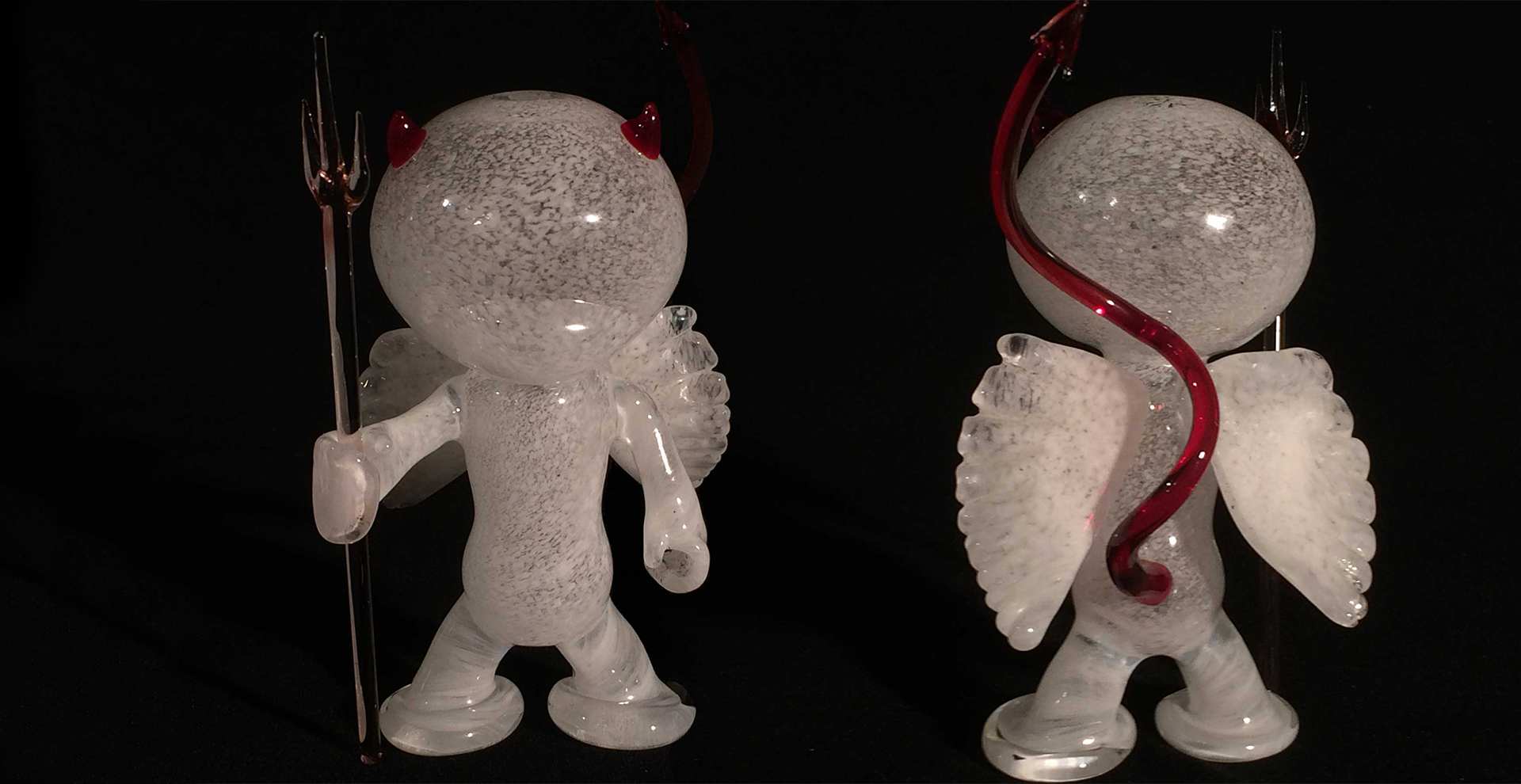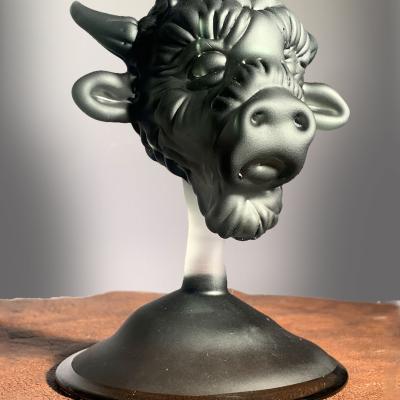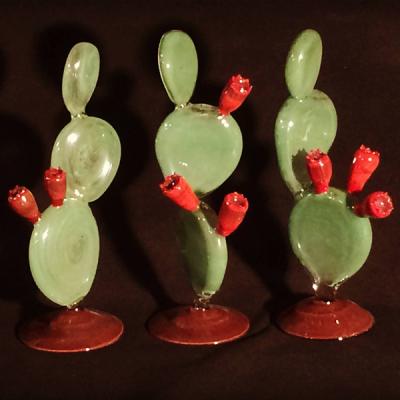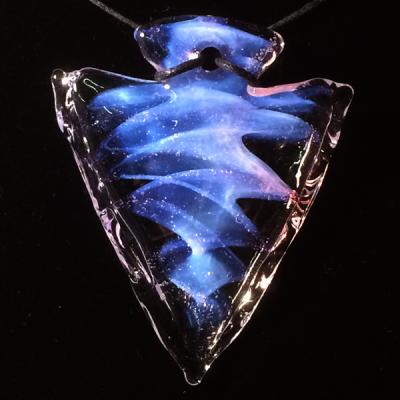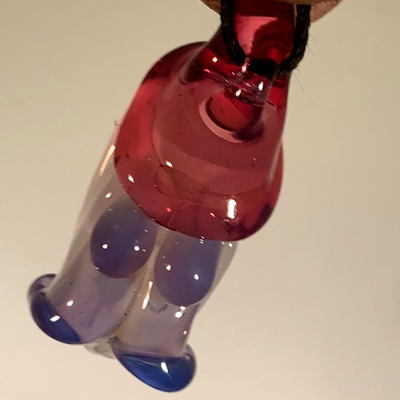Lampworking, also known as glassblowing, is an art form that dates back thousands of years. It involves using a torch to heat and shape glass, creating intricate designs and functional objects. From ancient Egypt to modern-day studios, lampworking has undergone many changes and developments over time. In this article, we will explore the rich history of lampworking and how it has evolved over the centuries.
Ancient Egypt
The earliest known examples of glassblowing come from ancient Egypt, where small glass vessels were created by blowing into a tube with a molten glass blob at the end. These vessels were often used for perfumes, cosmetics, and other small items. Lampworking techniques were also used to create small beads and decorative objects. These early glassworkers used simple tools and techniques, often working with just a small flame and basic shaping tools.
Roman Empire
During the Roman Empire, glassblowing techniques became more advanced and elaborate. Large glass vessels and intricate designs were created using a variety of tools and techniques. Lampworking was used to create small glass figurines, intricate jewelry, and other decorative objects. The Romans also developed the glassblowing pipe, which allowed glassblowers to work more quickly and efficiently.
Middle Ages
During the Middle Ages, lampworking techniques continued to develop and spread throughout Europe and the Middle East. Glassblowers created intricate stained glass windows, chandeliers, and other decorative objects. Lampworking was also used to create scientific instruments, such as lenses and telescopes. The glassblowing pipe continued to evolve, allowing for more precise and intricate designs.
Industrial Revolution
With the advent of the Industrial Revolution in the 18th and 19th centuries, glassblowing techniques became more standardized and mass-produced. Lampworking was used to create glassware for everyday use, such as drinking glasses and tableware. However, lampworking as an art form continued to thrive, with artists using the techniques to create intricate and unique designs.
Modern Day
Today, lampworking is practiced around the world, with artists using a variety of techniques and tools to create stunning works of art. Modern-day studios often feature advanced tools and equipment, such as computer-controlled kilns and precision torches. Lampworking is used to create everything from functional objects like pipes and vases to intricate sculptures and jewelry.
Conclusion
The history of lampworking is a rich and fascinating story, with roots that extend back thousands of years. From the ancient Egyptians to modern-day studios, lampworking has undergone many changes and developments over time. Today, lampworking continues to thrive as an art form, with artists pushing the boundaries of what is possible with this ancient technique. Whether creating functional objects or stunning works of art, lampworking remains an enduring and beloved art form.


